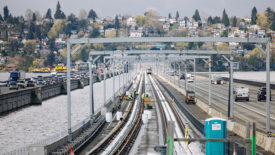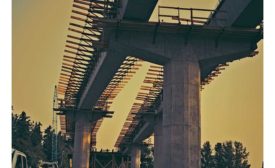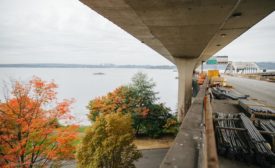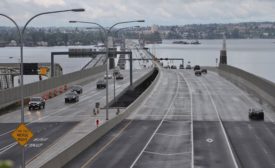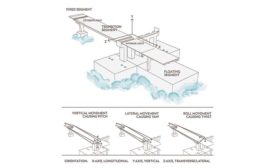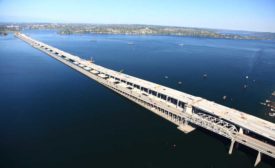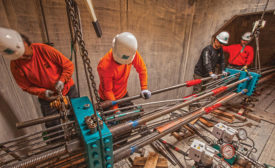Home » Keywords: » floating bridge
Items Tagged with 'floating bridge'
ARTICLES
Global Infrastructure
The 10 Longest Floating Bridges in the World
A survey of pontoon bridges that push the limits of the technology
Read More
The latest news and information
#1 Source for Construction News, Data, Rankings, Analysis, and Commentary
JOIN ENR UNLIMITEDCopyright ©2024. All Rights Reserved BNP Media.
Design, CMS, Hosting & Web Development :: ePublishing
